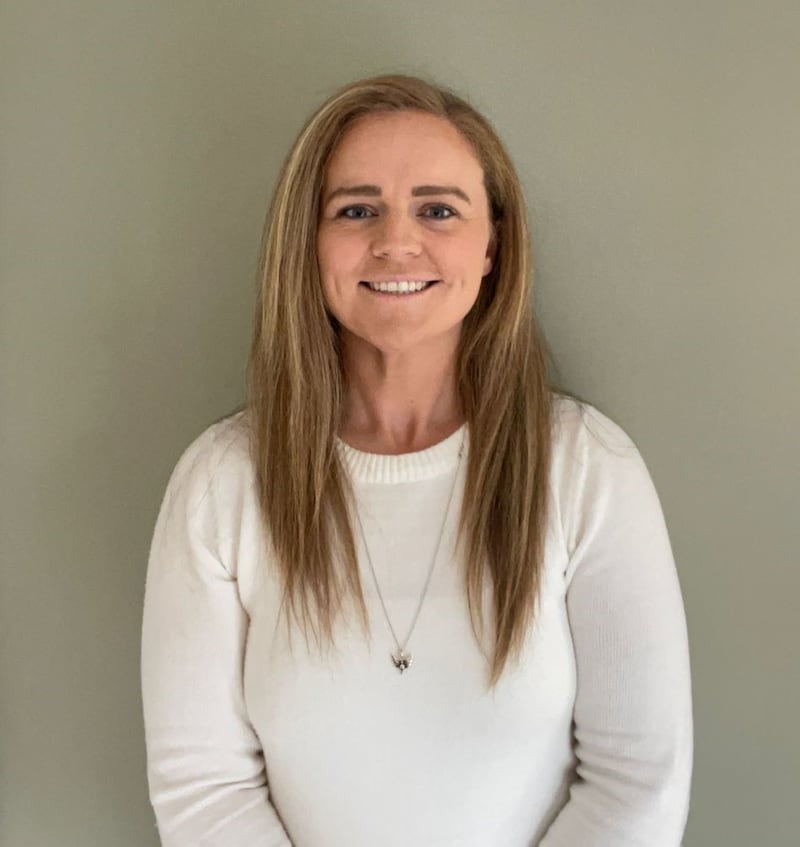The postponement of the long-awaited national auto-enrolment pension scheme should not have come as a surprise to anyone. The announcement in July of Tata Consultancy Service as the preferred bidder for the administration of the scheme was seen by most industry insiders as far too late to have the scheme up and running by the proposed start date of January 1, 2025. Furthermore, the Department of Social Protection has still not appointed investment managers.
The delay may not be all that welcome for the 800,000 workers still not covered by supplementary pensions but it will give employers valuable time in which to prepare for new arrangements which, despite some of the publicity surrounding it, could be anything but straightforward.
Research carried out earlier this year by Aon revealed that 67 per cent of businesses in Ireland had concerns with the introduction of the new system. The principal concerns of firms related to the increased costs of additional contributions (28 per cent) and impacts on existing contributions (28 per cent). In addition, 38 per cent of the business leaders surveyed stated that their organisation had not received sufficient clarity about the design and details of the scheme in advance of launch.
The research showed high levels of awareness (74 per cent) of the scheme but 35 per cent of firms had yet to take any action at all in preparation for it.
READ MORE
Despite those mixed results, the proposed scheme has met with a near universal welcome. “There is a need for an auto-enrolment system, and everyone is supportive of it,” says Caroline Rowan, head of the Aon Ireland MasterTrust. “But a lot of practicalities and complexities haven’t been addressed yet.”

As with most apparently straightforward propositions, the devil is in the detail. Complexities arise where an employer already has an occupational pension scheme but not all employees are members. Do they need to run the two schemes side by side with all of the additional costs and complications or do they try to persuade employees to join the company scheme? Persuasion may not be an easy task where lower paid employees are concerned. And if a scheme is not mandatory under a contract of employment, an employer cannot force people to join.
“This will present a challenge for employers,” says Bernard Walsh, director of pensions and investments with PwC. “Employers need to carry out an audit to see how many people are affected. They need to look at how they are going to enrol and manage people exiting and re-enrolling in the State scheme. They need to think about that for the full lifetime of the scheme. They also need to look at value for money for members and examine the costs associated with the two schemes. They should look at the totality of costs and benefits for each party.”
There will also be payroll and other issues arising for employers who wish to run two schemes in parallel. “Reckonable earnings are different,” Walsh points out. “The great majority of occupational scheme contributions are calculated on basic salary or wages. With auto-enrolment, however, bonuses, overtime and other additional payments will be included. If an employer is considering the possibility of two schemes, they could have two individuals on the same terms and conditions working side by side but with their pension contributions calculated on completely different bases.”

The nature of the State contribution to the two is another area of complexity. Employees get tax relief on their contributions to occupational and personal pension schemes, subject to certain limits. In the case of the auto-enrolment scheme the State will top up the employee contribution at a rate of one euro for every three. That equates to tax relief of 25 per cent as opposed to the 40 per cent which a member of an occupational scheme paying tax at the higher rate gets.
It suggests that lower-paid employees paying tax at the 20 per cent rate would automatically be better off in the auto-enrolment scheme. But that may not necessarily be the case.
“There is uncertainty about what investment funds will be available to members of the auto-enrolment scheme,” says Ashling O’Neill, a certified financial planner with Clear Financial. “You could have a situation where even lower rate taxpayers will be better off in the company scheme if auto-enrolment has default strategies. A company scheme may offer better opportunities for growth for members.”
The low starting rate for the auto-enrolment scheme can also present problems. Many employers will match employee contributions up to a level of 5 per cent while others will go further. The starting rate for the State scheme is 1.5 per cent each for employers and employees and 0.5 per cent from the State. An employee on the standard rate of tax opting to join the company scheme would benefit from tax relief of 20 per cent, lowering their effective contribution to 4 per cent, while they would receive a much higher employer contribution to their pension.

That may be a much more attractive proposition for many employees.
That raises the question of pension adequacy. Low rates of contribution are unlikely to deliver what people would consider to be an adequate income in retirement and this may be off-putting for people who might opt out of the scheme at the earliest opportunity.
“It’s going to take 10 years to get to a 14 per cent level of contributions [6 per cent plus 6 per cent plus 2 per cent State top up],” Rowan notes.
She points to one possible avenue which employers could look at to avoid running two schemes. “They may look at creating new benefit categories in the scheme. They could have a 1.5 per cent rate of contribution for a certain cohort of employees, for example. But they would have to ensure that employees don’t lose out due to receiving tax relief rather than the State-top up.”
However, even if an employer does manage to avoid operating two schemes today, this may not continue to be the case due to unforeseen circumstances. “What about people who have reached the standard fund threshold, will they need to be enrolled because they are no longer paying into a scheme? Also, non-executive directors being paid through payroll may be subject to auto-enrolment. Employers are going to need advice in relation to these issues.”
Walsh highlights the relative inflexibility of the auto-enrolment scheme. “The retirement landscape has changed greatly in recent years. Occupational schemes give you flexibility to run past 65 on a phased retirement path. There is no longer a full stop. But with the auto-enrolment scheme you stop contributing at 60.”
Employers are not the only ones in need of advice. O’Neill explains that most occupational schemes include access to independent financial advice as a member benefit. This will not be the case with auto-enrolment.
“It is crucially important for employees to engage with a financial adviser to explore the implications of auto-enrolment,” she says. “They need to see what benefits it offers and if it is the right type of pension for them. Employers need to take professional advice as well to analyse the pros and cons of occupational schemes and the auto-enrolment scheme. It is not a one size fits all solution.”
Rowan believes more needs to be done to raise public awareness of the scheme and its implications. “The education piece is going to be very important. And not just employers communicating with employees, but the State educating the public.
“In the UK, a huge amount of communication and awareness campaigning went into bringing the public up to speed on it. Employers need to prepare for the scheme. There is an urgency about that now. Employers need to start now to get ready for the scheme and then for pay transparency legislation in 2026.”













